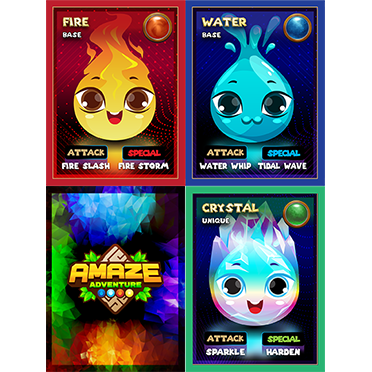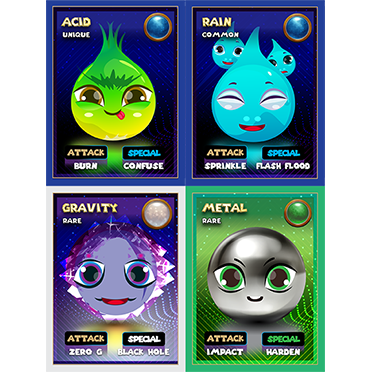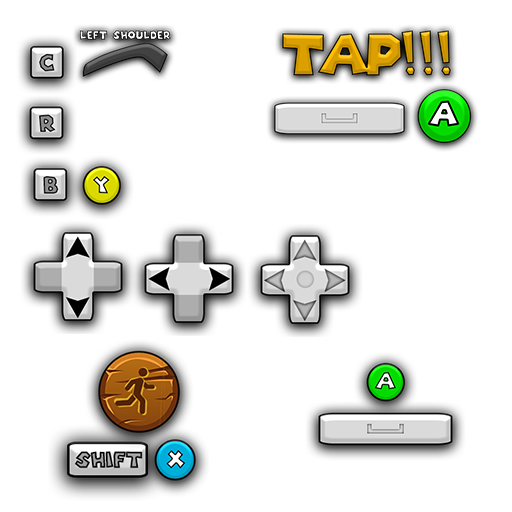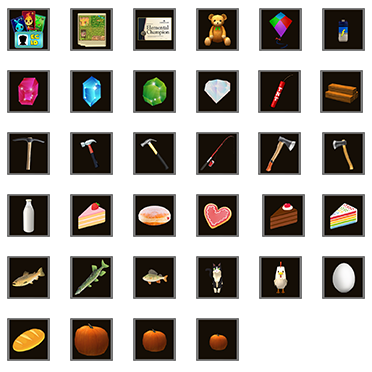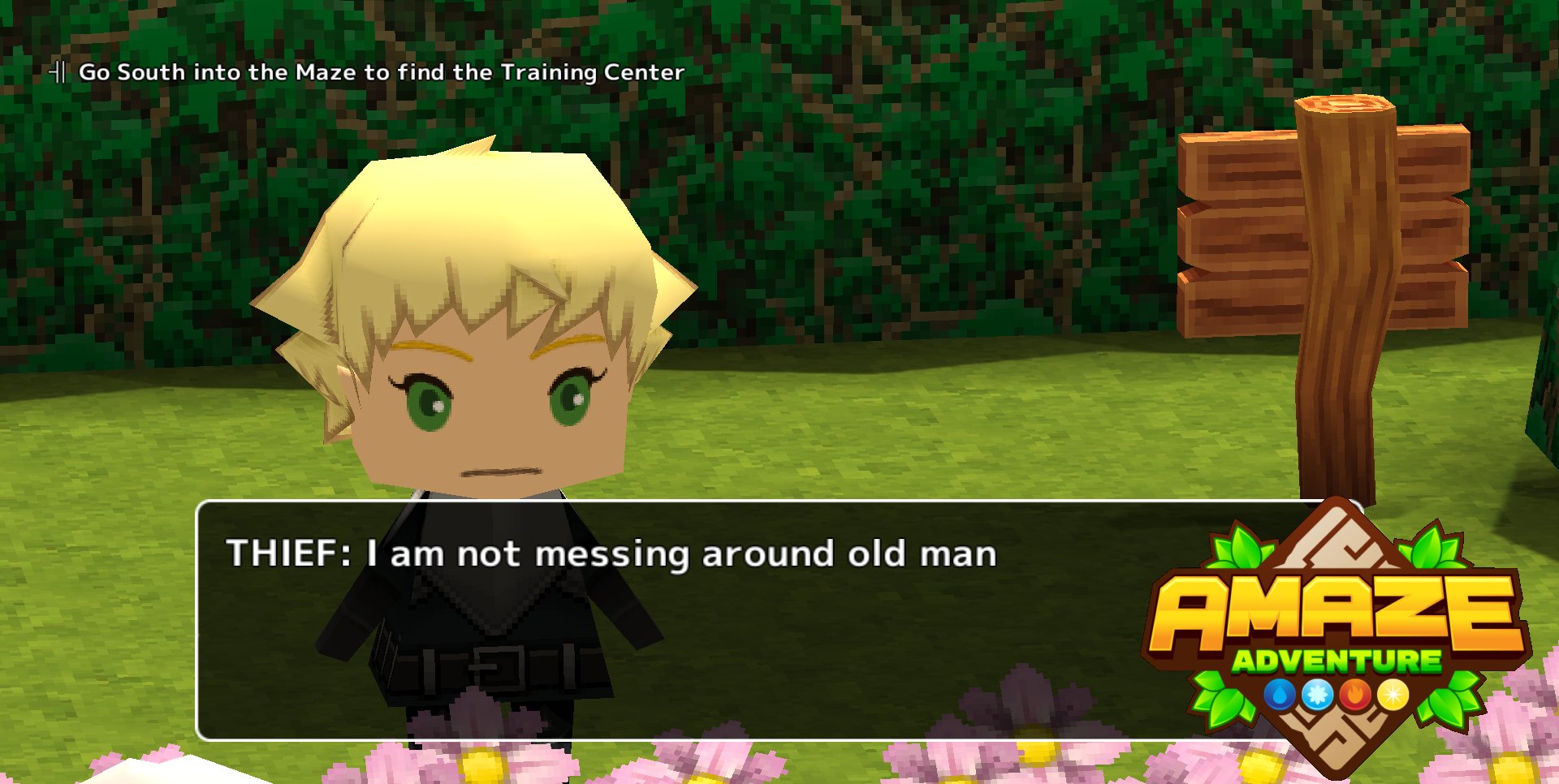Project Process
To achieve our objectives, we adopted an iterative design process, a methodology deeply ingrained in my background as a commercial graphic designer and web developer. This approach, familiar to me from past projects, required multiple cycles to refine and polish our work. Simple projects typically required at least one cycle, while more complex ones demanded between 2-3 cycles. Larger projects spanning months necessitated countless iterative cycles. I likened this process to applying polish to a stone—arduous but ultimately rewarding.
Planning and Requirements: Recognizing the shortcomings of our decentralized planning, we transitioned to a more structured approach. Establishing a Discord channel enabled us to share updates and actions efficiently. Additionally, I created proof of concepts before implementing new elements or maps.
Analysis and Design: Leveraging my prior experience in creating kids’ games, I drew upon insights from my past endeavors, despite the significant gap of over 25 years since my last game development project. Armed with two decades of graphic design experience, I initially anticipated smooth sailing. However, challenges arose, particularly with the UI design, as the engine’s limitations necessitated the creation of custom scripts to address various elements.
Implementation: Implementation proved to be the most challenging phase. The builder we initially utilized imposed significant constraints, suitable for casual use but limiting for serious development. I spent considerable time devising workarounds for tasks that should have been straightforward, unaware of alternative approaches.
Testing: We enlisted several children we knew, comprising 2 boys and 2 girls aged 7-11, for playtesting. However, our limited pool of testers skewed towards a younger age group, posing challenges in gauging their comprehension compared to older children. Consequently, we cycled between difficulty levels, struggling to strike the right balance in the final version.
Evaluation and Review: Over the course of a year, we played the game daily, with our evaluation cycle proving to be out of sync and overly burdensome. Conversely, our review process was robust, characterized by regular sharing of updates and providing concise and constructive feedback to each other. With greater experience in the engine, we believe we could have navigated a more direct path to the end result.
 Unity Engine
Unity Engine  Adobe Photoshop
Adobe Photoshop Adobe Illustrator
Adobe Illustrator  Adobe Audition
Adobe Audition



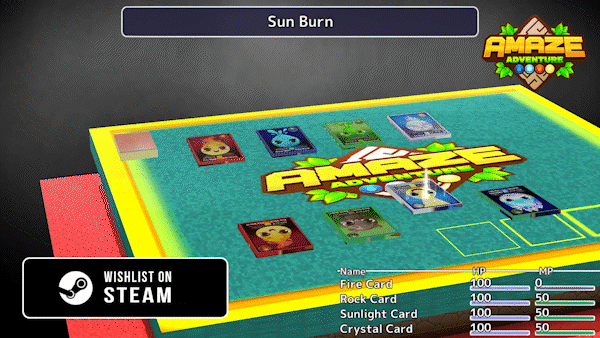
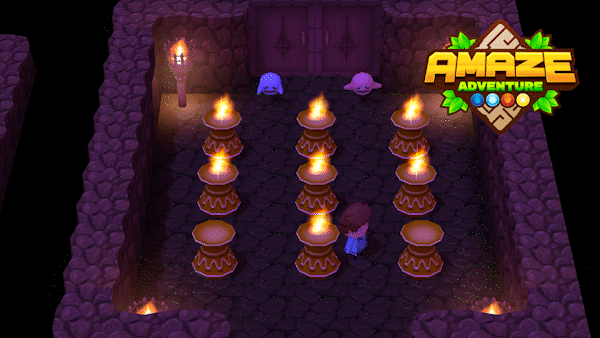
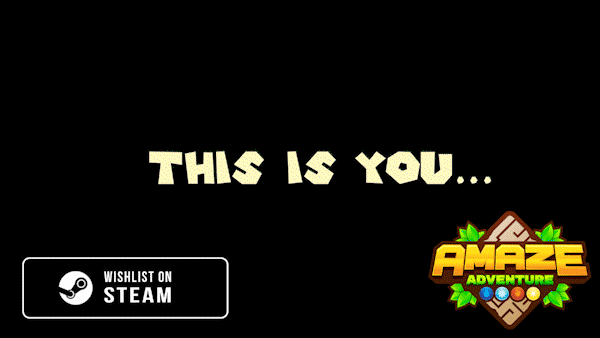
 Ah, the menu system… If only I could have downloaded all the knowledge into my brain before diving in.
Ah, the menu system… If only I could have downloaded all the knowledge into my brain before diving in.
 Camera Use
Camera Use